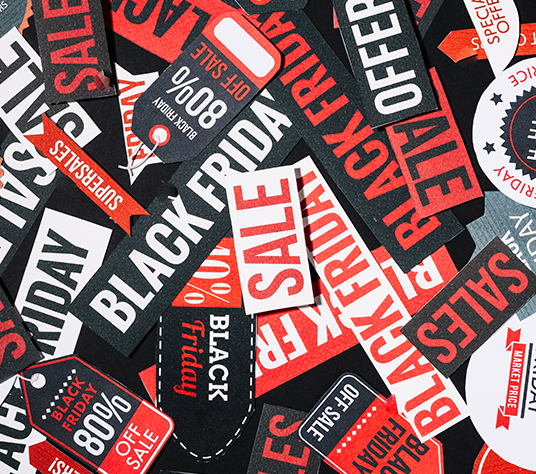Trade promotions are a staple for every CPG company in order to push their products through the retail channels, with the typical spend ranging from 14-20% of gross sales, most of which is reflected in a price reduction.
Surprisingly, for such a large head of expense (only COGS is higher), there still remain issues around monitoring spend effectiveness and subsequent optimization. Admittedly, a lot of work has been done in this space – there is better data, courtesy syndicated data providers and better collaboration between retailers and CPG companies, with some retailers sharing POS level data. There are also a number of packaged solutions that help streamline the operationalization of promotional activities. But in all this, a lot of emphasis has been placed on running promotions efficiently and collecting data but it has not always translated into effectiveness, with most spend still resulting in a negative return.
(As in any industry, there are leaders and laggards in the adoption of trade promotion practices but the general impression across the board is that effectiveness can be improved).
More importantly, even for relatively mature clients, our client conversations reveal some interesting gaps in this space:
Analysis Needs to be Granular Enough to Drive Action:
For example, price promotion optimization needs a good understanding of the elasticities at a product/retailer/region level. A lot of the existing analysis that we have seen, however, stays at the national level, which cannot facilitate tangible action.
For a client of ours, we executed a trade promotion optimization program focused on understanding and using price elasticities. This was done for multiple line extensions and we controlled for distribution, seasonality, substitute/complement pricing and media support to obtain robust price elasticity estimates.
With the above, we enabled simulation scenarios that provided a clear way to ‘move’ spend around, without changing the overall amount (which is a larger change management issue). This was the first time that the marketing team obtained the linkage between price and revenue at a line extension channel/retailer/region level with a clear view of potential revenue upside.
Analysis Needs to Consider the Broader Impact of Trade Promotions:
In measuring promotional lift, same-store impact due to a promotion is easy – establishing baseline sales, determining cannibalization within the brand portfolio are fairly well-known aspects. Syndicated data, for instance, provides a directly available ‘base’ sale and promoted sale number. But promotions viewed in isolation for a retailer ignores a huge behavioral aspect of consumers – they might be happy to move to another retailer in the vicinity. A cross-retailer view enables a more realistic picture of the impact.
A Client of Ours had an Interesting Problem:
They were measuring retailer level impact of promotions – including base, promotions, cannibalization within retailer, impact of competition activity for that retailer – and almost every promotion seemed to have a positive impact on sales. However, when aggregated across retailers for a larger timeframe, the results were obviously lower. So, there was a ‘cancellation’ effect in play which seemed logical but they had no data/model to support this.
We executed a program focused on obtaining a comprehensive picture of the impact of promotions – the most important part being cross-retailer cannibalization impact. This was done for multiple promoted product groups (PPGs) and we blended trade area data with retailer PoS data to get a retailer vs rest-of-market (RoM) view. One of the key challenges that we addressed in data preparation was separating out everyday pricing vs promotional effects from available store x item x week level data.
Using Trade Promotions and Sales Data:
This allowed us to analyze responses to CPG funded promotions for a retailer as well as RoM, and we estimated net impact of promotions on consumption volume as well as sales revenue.
We built a scenario planner for use by account executives to design promotions with higher net lift, considering the impact of cannibalization. The business ultimately got a reliable and repeatable methodology for performing trade impact analysis at the category x retailer-vs-rest-of-market (compared to just one retailer at a time) for an accurate estimate of net lift. This solution is being evaluated on trade spends of USD 20MM+ accounting for revenues of revenues USD 250MM+, with a plan to rapidly scale up.
These are just two examples of optimizing trade promotions, even when companies are relatively mature in their trade promotion management practices.





